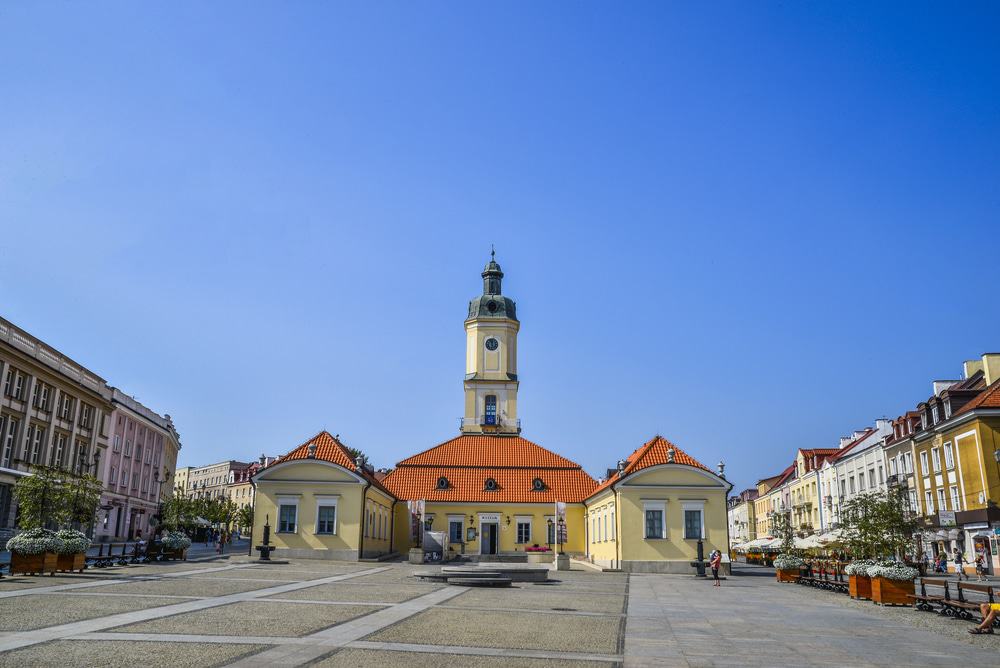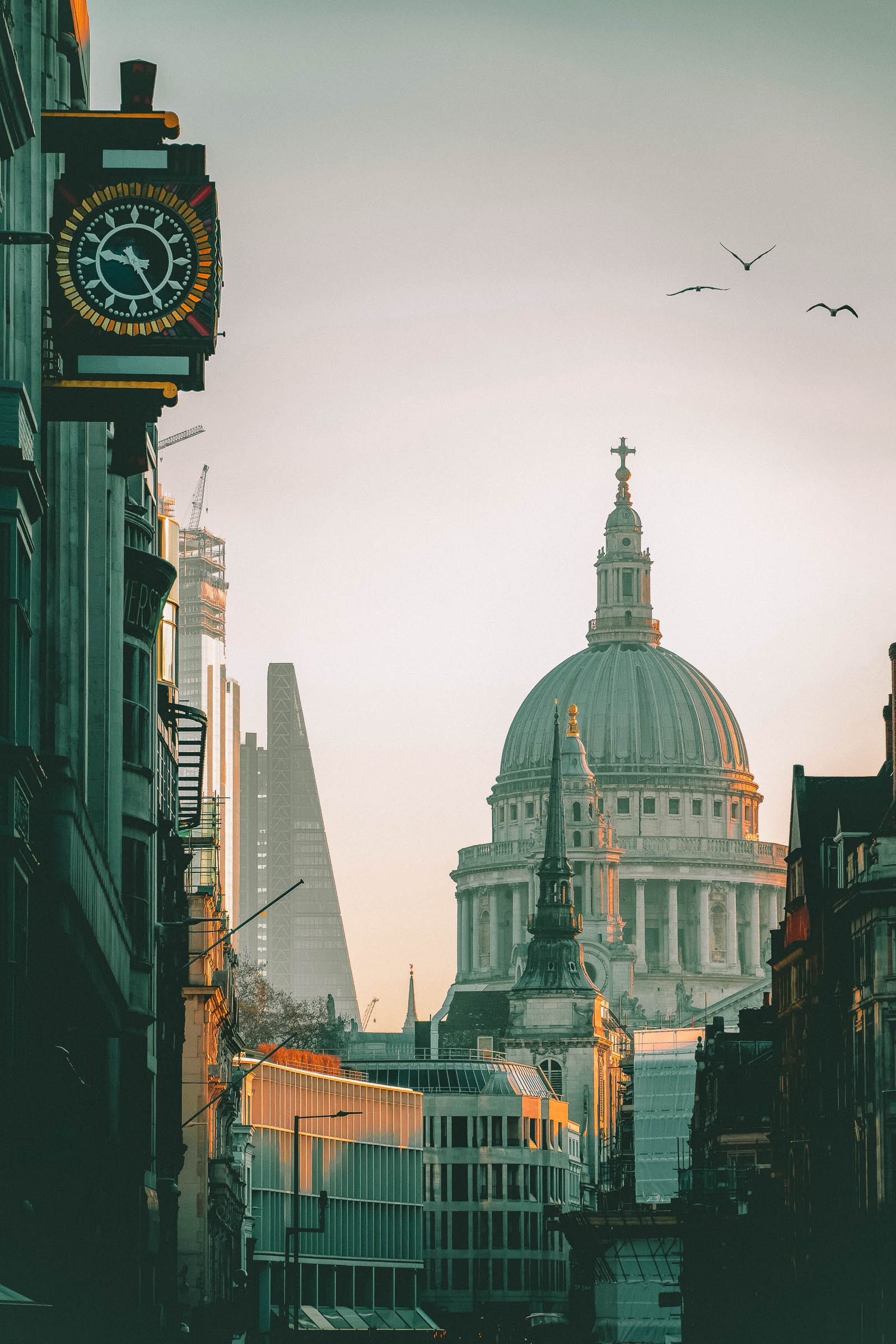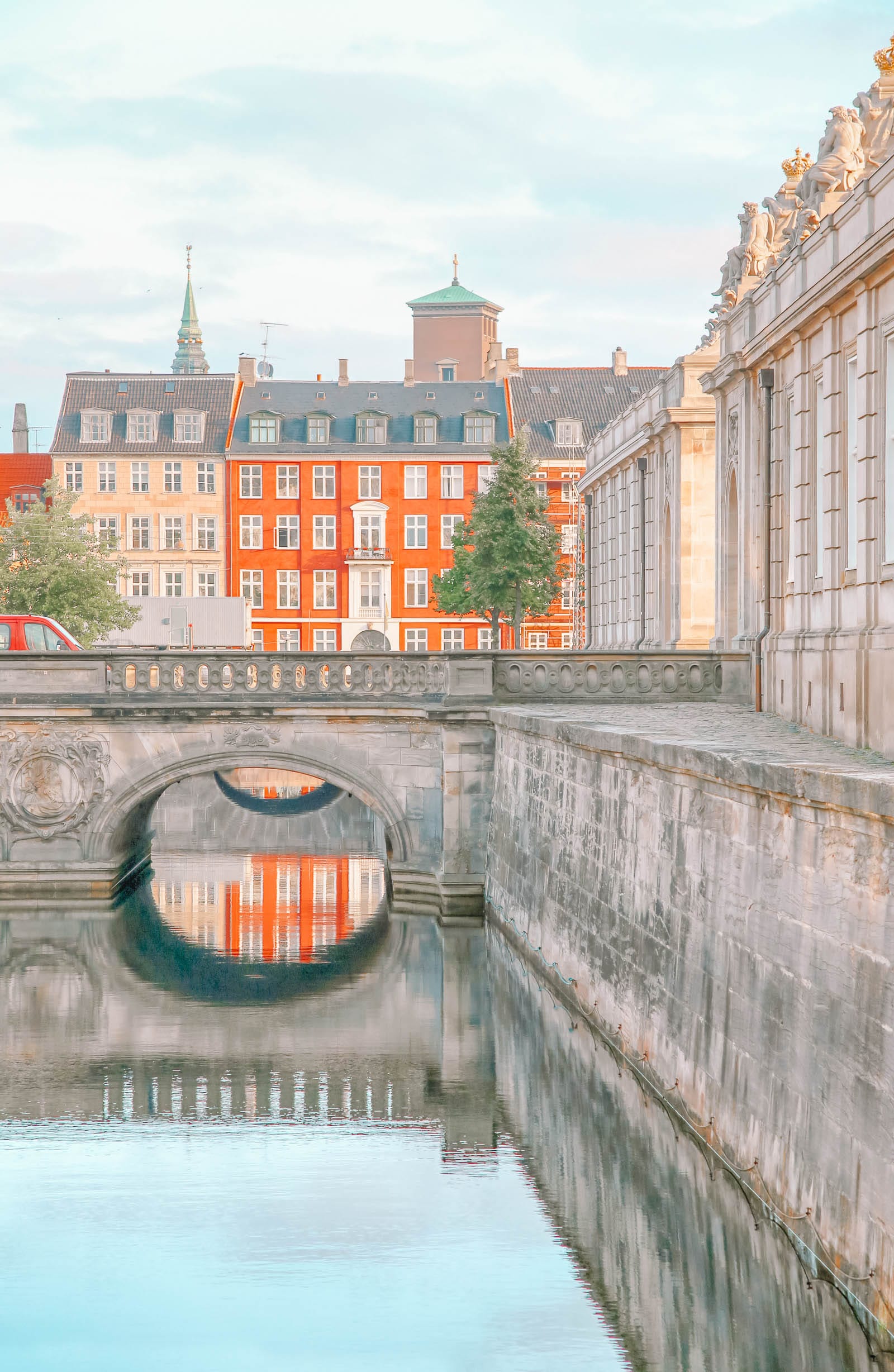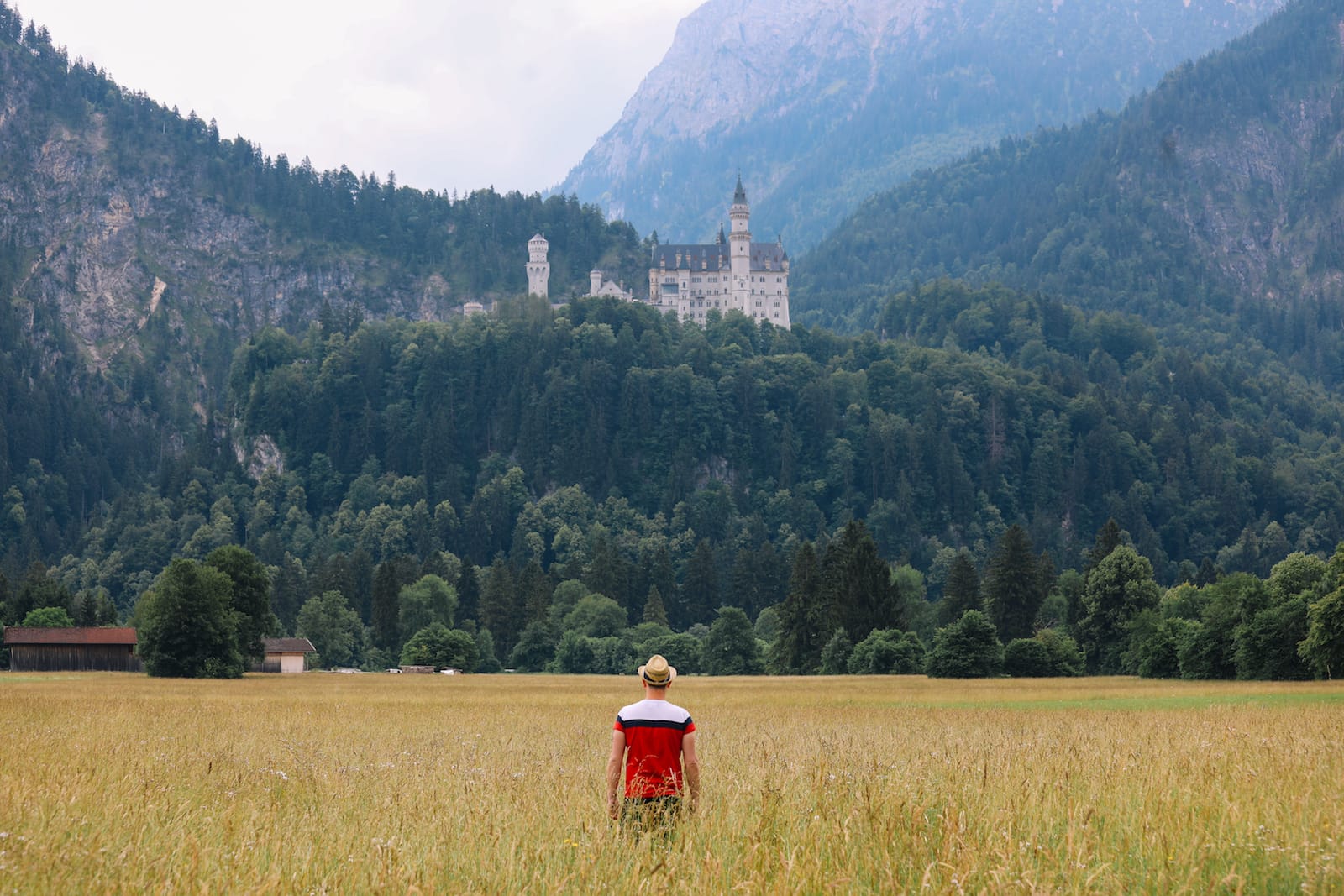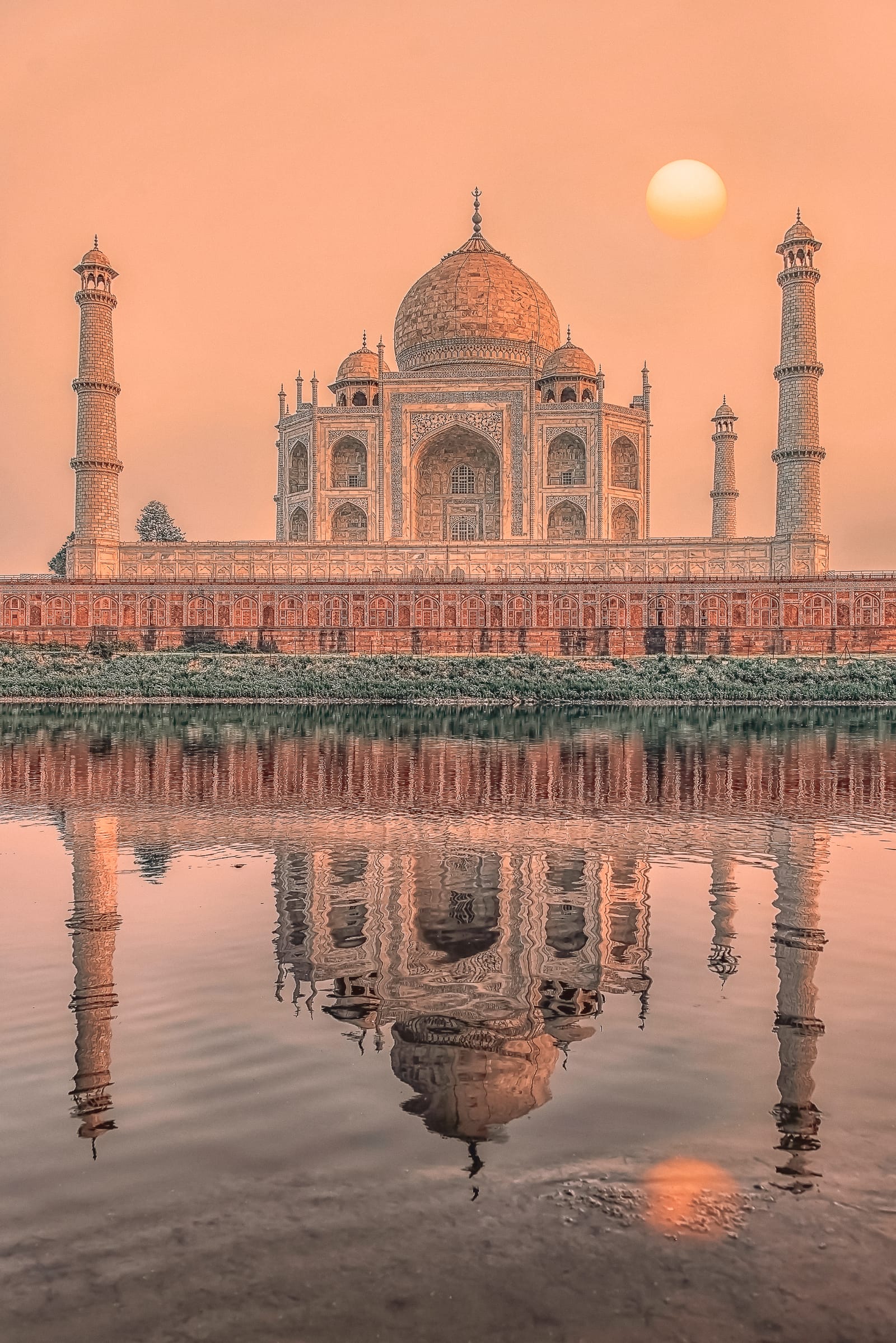Summary
- Branicki Palace
- Rynek Kościuszki (Kościuszko Market Square)
- Cathedral Basilica of the Assumption of the Blessed Virgin
- Ulica Lipowa
- Orthodox Church of St Nicholas
- Podlaskie Museum (Podlachian Museum)
- Historical Museum
- Podlaskie Muzeum Kultury Ludowej (Podlachian Museum of Folk Culture)
- Ulica Warszawska
- Military Museum
- Opera i Filharmonia Podlaska
- Great Synagogue Monument
- Muzeum Rzeźby Alfonsa Karnego
- Akcent Zoo
- Park Konstytucji 3 Maja
Located at the far eastern edge of the European Union, Białystok lies less than 60 kilometers from the Belarusian border. The city center, a compact and pedestrian-friendly area, was established in the early 18th century by Jan Klemens Branicki, one of Poland’s wealthiest individuals at the time. He constructed a miniature version of Versailles, complete with expansive formal gardens.
As the industrial revolution took hold in the 19th century, Białystok evolved into a vibrant melting pot of ethnicities. This diverse environment inspired L. L. Zamenhof, the city’s most notable resident, to create Esperanto in the 1870s. For some tourists, Białystok serves as a convenient gateway to Białowieża National Park, which boasts Europe’s last remaining primeval forest and the largest population of European bison in the world.
Let us examine the top attractions in Białystok:
1. Branicki Palace

Jan Klemens Branicki, a wealthy noble who aspired to the Polish throne, was the architect of this 18th-century masterpiece. He not only established a palace and gardens but also envisioned a Baroque city complete with churches and a town hall.
The palace remains the most significant remnant of his ambitious plans. Visitors enter the grounds through the dignified Griffin Gate, named after the family coat of arms. The interiors, including the Great Hall, Chinese Room, and the splendid vestibule, retain much of their original 18th-century appearance and are accessible for visitors, concurrently serving as part of the Medical University.
The gardens have also been preserved from that era and exemplify the finest Baroque garden design in Poland, showcasing topiary work, geometric lawns, stone vases, and fountains.
2. Rynek Kościuszki (Kościuszko Market Square)

Surrounding the town hall, Białystok’s market square is designed in the form of an elongated triangle. The original town hall, which was part of Branicki’s plans, historically served as the center of commerce in the city, originally housing the official scales of weight and measures.
This structure has been rebuilt after sustaining wartime damage and now accommodates the main offices of the Podlachian Museum. The row of townhouses on the western side presents one of the most picturesque views, featuring ornate sgraffito decorations with foliate patterns, portraits, and imagery of animals and mythological figures.
During pleasant weather, visitors can relax at a café or restaurant, enjoying views of the cathedral while observing the city’s daily activities.
3. Cathedral Basilica of the Assumption of the Blessed Virgin

An intriguing aspect of Białystok’s Cathedral is that it highlights the city’s significant growth during the 1800s. The structure comprises two connected buildings; the smaller, whitewashed Mannerist church dates back to the early 17th century, while the impressive Neo-Gothic church constructed between 1900 and 1905, measures 90 meters in length and 75 meters in height, designed to accommodate a growing congregation of around 12,000 individuals.
Inside the older church, visitors can admire the fine main altar, the Mannerist pulpit, and the tombs belonging to the Gryfit-Branicki family. The new church, while lacking the historical context of its predecessor, demands attention for its sheer scale and soaring vaults.
4. Ulica Lipowa

Białystok’s primary thoroughfare commences at Kościuszko Market Square and stretches westward for 800 meters. Throughout history, Ulica Lipowa has borne witness to the names of figures such as Józef Piłsudski, Adolf Hitler, and Joseph Stalin before reverting to its original name, Lime Street, in the 1990s. This street has endured significant damage during the German invasion in World War II.
Having restored its high tenement houses and villas, Ulica Lipowa now showcases numerous attractions, including the Cristal Hotel, notable as the first new hotel in Poland post-World War II. A detour down Ulica Malmeda leads to a statue of L. L. Zamenhof, the local physician who devised Esperanto, and at the far end of Plac Niepodległości stands the striking Church of Christ the King, one of the earliest Modernist churches globally, completed in 1946.
5. Orthodox Church of St Nicholas

The Cathedral of the Orthodox community in Białystok, also recognized as the official Orthodox church for the Polish Army, is the Church of St Nicholas, located on Ulica Lipowa. Constructed in the 1840s and designed in a Neoclassical style, it presents a modest yet refined architectural statement.
Visitors should admire the vibrantly colored wall paintings influenced by St Volodymyr’s Cathedral in Kiev, alongside exquisite frescoes, notably on the dome, depicting Christ Pantocrator above the figures of Mary, John the Baptist, and the twelve apostles, in addition to the four evangelists and prophets.
The iconostasis, composed in 1844, features images of the evangelists and the Annunciation.
6. Podlaskie Museum (Podlachian Museum)

This museum operates across Białystok and the broader Podlachia region, with its main office situated at the town hall in the city’s market square. Notably, the town hall itself was never a governmental building but a commercial center for trade, with its original structure established in 1745, hosting Jewish merchants even at that time.
The current town hall, erected shortly after World War II, is a simplified version of its predecessor. Inside, visitors will find the Gallery of Polish Painting, featuring a curated collection of artwork from the past 250 years created by prominent portraitists such as Marcello Bacciarelli, Johann Baptist von Lampi the Elder, and Josef Grassi, who journeyed from Italy and Austria to Eastern Europe.
7. Historical Museum

A branch of the Podlachian Museum, the Historical Museum is housed within a lavish villa that once belonged to a factory owner, situated on Ulica Warszawska since 1990. Reflecting the building’s affluent history, one of the museum’s main exhibitions showcases the opulence of a wealthy bourgeois home during the late 19th century.
Exhibits include a music salon, boudoir, study, and dining room, each adorned with period furniture, tableware, clothing, musical instruments, and everyday items from that era. Scale models illustrate how Białystok appeared during Branicki’s time, alongside reproductions of lost monuments, including the notable Ritz Hotel. The museum also houses an extensive numismatic collection of 30,000 coins, medals, and seals, along with Poland’s sole museum collection dedicated to the Tatar community that settled along the Polish, Lithuanian, and Belarusian border.
8. Podlaskie Muzeum Kultury Ludowej (Podlachian Museum of Folk Culture)

This open-air museum follows the Swedish “Skansen” tradition and features 40 structures and cultural artifacts sourced from across the Podlachian Province. Established in 1982, one of its primary missions has been to preserve the traditional wooden construction methods prevalent in this region of Poland.
Among its collection are two windmills, a forge, a lumberjack’s hut, a Belarusian cottage, a wooden treadmill, and a cave-house. The most significant achievements include the relocation of a Neoclassical wooden manor dating back to the 1810s and an entire hamlet comprising five homesteads surrounding a central square. Most buildings are accessible for exploration, showcasing traditional furniture, pottery, and historical tools.
9. Ulica Warszawska

For a peaceful outing, consider strolling along this street, which extends just over a kilometer from Ulica Henryk Sienkiewicz to Ulica Piastowska. Ulica Warszawska stands out for its rich array of 19th-century architecture, primarily constructed for high-ranking government officials and factory owners.
One notable building is the pink-painted palace that served as the residence for Białystok’s governor during the short period of Prussian rule in the late 19th century; it later became a school where L. L. Zamenhof studied.
Both the Historical Museum and the neo-Baroque Trylling Palace, currently the Rubin Hotel located at 7 Ulica Warszawska, were established by textile factory owners (Citron and Trylling) at the turn of the 20th century.
10. Military Museum

Situated at Ulica Kilińskiego 7, the military museum focuses on 20th-century history, particularly the Second World War. Its exhibition prominently features well-researched dioramas that depict various resistance activities, recreate a trench from the September campaign of 1939, and illustrate a Bren gun assault at the Battle of Monte Cassino in 1945, among other notable events.
The post-war section showcases the evolution of weapons, uniforms, and military equipment since the 1950s, while providing insight into the peacekeeping and combat missions in which the Polish Army has been engaged over the past 25 years.
11. Opera i Filharmonia Podlaska

Northeastern Poland is home to the largest and most cutting-edge cultural institution, the Podlachian Philharmonic and Opera, which relocated to a newly constructed complex in 2012. This minimalist design of concrete and glass opened just in time for the 58th season of the esteemed opera, making it a worthwhile destination even for those not inclined towards highbrow entertainment.
The main auditorium, accommodating up to 1,000 guests, features the second-largest organ in Poland. Additionally, this technologically advanced hall includes movable platforms within the ceiling and glass screens to customize acoustics according to the performance.
The complex also contains an outdoor amphitheater and beautifully landscaped gardens, which harmoniously blend with the architecture, highlighted by a 2.5-ton cast-iron sculpture by Teresa Murak.
12. Great Synagogue Monument

Located on Ulica Surasaka, a poignant memorial marks the site of Białystok’s former Great Synagogue. Here resides the collapsed metal structure of the synagogue’s dome, positioned within a paved Star of David.
This site is marked by the tragic event on June 27, 1941, when numerous Jews were confined within the Great Synagogue and subsequently incinerated by Nazi soldiers. An estimated 3,000 individuals perished on this site and in surrounding atrocities, an event now commemorated as “Black Friday.”
13. Muzeum Rzeźby Alfonsa Karnego

One of the most distinguished properties in central Białystok is a wooden villa constructed in the latter half of the 19th century for Major General Mikołaj Fiodorowicz. Since 1993, this villa has functioned as a museum dedicated to the Białystok-born sculptor Alfons Karny, whose prolific career spanned much of the 20th century.
Karny is known for creating monuments in the Socialist Realist style, as well as portraits of diverse figures including Albert Einstein, Ernest Hemingway, and Nicholas Copernicus. Exhibits in the museum include Karny’s portrayals of notable Poles from the 20th century, alongside tools from his workshop and a curated collection of historical and contemporary art.
14. Akcent Zoo

While children may need some patience to explore Białystok’s cultural offerings, they will find a delightful zoo located just a few hundred meters from Branicki Palace. Founded in the 1960s, the zoo initially exhibited exotic animals but has since shifted focus to species native to eastern Poland.
Among the inhabitants are brown bears, grey wolves, fallow deer, red deer, wildcats, lynxes, and bison, along with regional breeds of horses, goats, and ponies. An aviary at the zoo houses buzzards, tawny owls, Eurasian eagle owls, white storks, and two species of pheasants.
Most habitats are spacious and well-vegetated, creating a pleasant environment for the animals.
15. Park Konstytucji 3 Maja

The zoo is situated at the northern edge of what used to be a vast expanse of the Zwierzyniecki Forest, which once extended for miles to the south of the city and served as a hunting ground for the Branicki family. Today, the park encompasses around 16 hectares, significantly less than its original size, yet retains a refreshing natural landscape.
The majority of the terrain is enveloped in mature forests, predominantly consisting of oak, hornbeam, and birch trees, with elms and alders thriving in the moist areas of the park. Visitors can also find both Polish and Soviet military cemeteries from the World Wars, alongside a monument memorializing the soldiers of Poland’s 42nd Infantry Regiment who fell in the conflicts that followed World War I.
